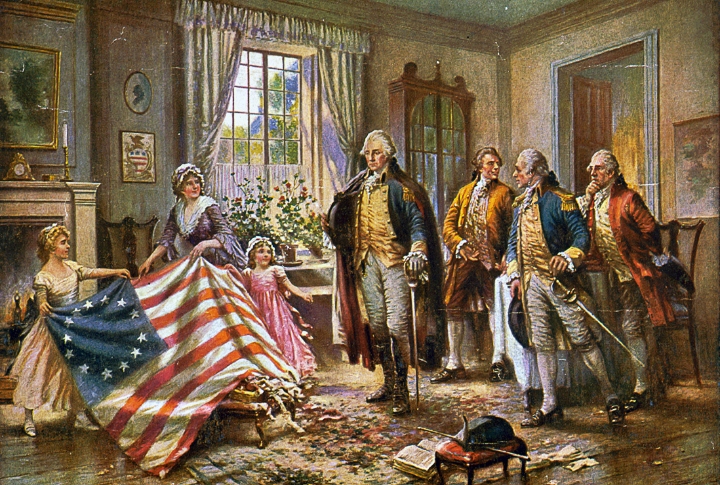
History tends to favor great names, but sometimes the spotlight misses a few important figures. Many iconic inventions and discoveries were not the brainchild of just one person but the result of collective effort, forgotten pioneers, or even strategic marketing. Here’s a closer look at achievements commonly linked to famous names, when in truth, the full story is far more complex.
The Invention Of The Light Bulb – Thomas Edison
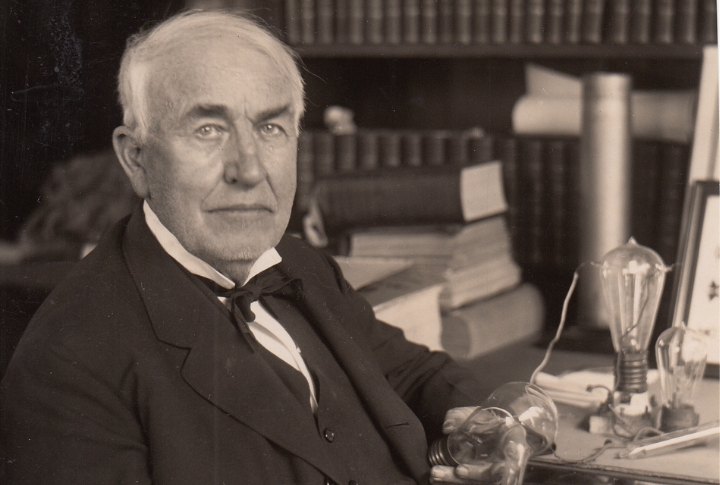
Although Thomas Edison is frequently given credit for creating the light bulb, he wasn’t the first to do so. Decades before Edison, German-American inventor Heinrich Gobel is said to have developed a prototype using carbonized bamboo filaments. In the meantime, a working bulb design was patented in the UK by Joseph Swan prior to Edison’s own patent.
The First Telephone – Alexander Graham Bell

The telephone was patented by Alexander Graham Bell in 1876, but Italian inventor Antonio Meucci had already created a functional voice communication device in 1854. Due to his financial difficulties, Meucci only submitted a temporary caveat for his invention. After being sent to Western Union, his prototype was later lost.
The Assembly Line – Henry Ford
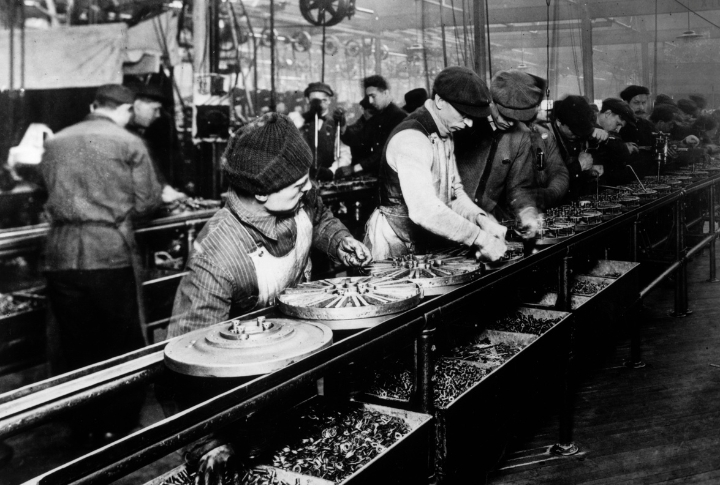
Henry Ford revolutionized manufacturing by introducing the moving conveyor belt to the automotive assembly line in 1913. However, Ransom E. Olds actually created the first automotive assembly line in 1901. Even earlier, assembly-style techniques were employed by ancient Chinese artisans during the creation of the Terracotta Army.
The Discovery Of Penicillin – Alexander Fleming
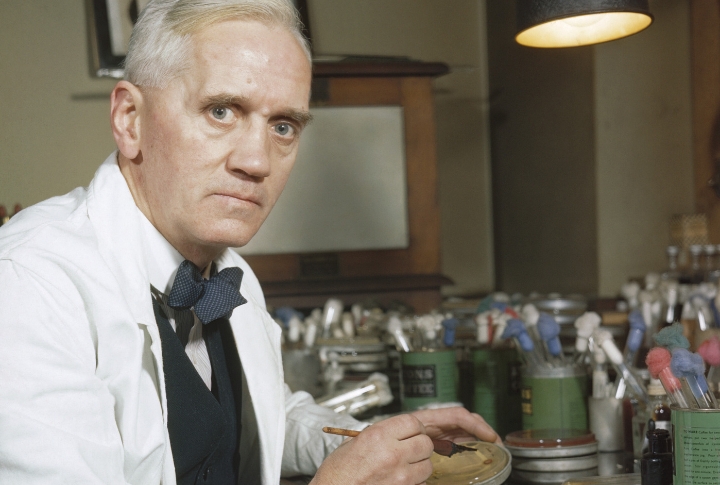
Alexander Fleming observed in 1928 that mold killed surrounding bacteria, but he didn’t develop penicillin into a usable drug. Ernest Duchesne, a French medical student, documented similar antibacterial properties of molds in the 1890s, but his research was largely ignored.
The First Summit Of Mount Everest – Hillary & Norgay
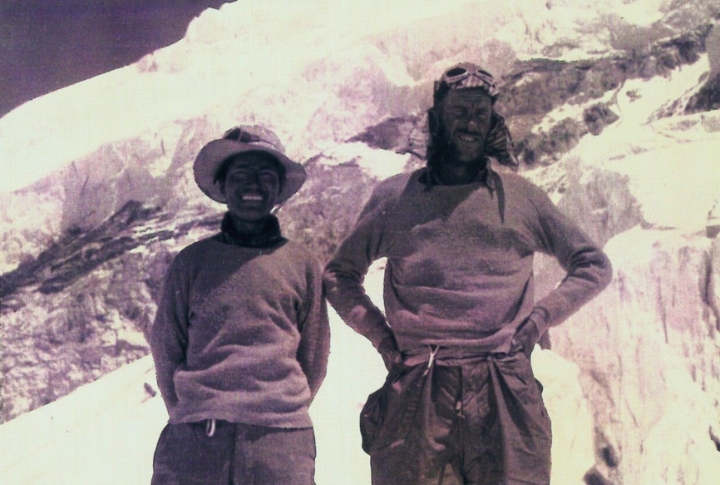
The 1953 first successful ascent of Mount Everest was attributed to Sir Edmund Hillary and Tenzing Norgay. George Mallory and Andrew Irvine, however, might have made it to the top decades earlier, in 1924. With Mallory’s goggles in his pocket, indicating they were descending in the dark, his body was found in 1999, just below the summit ridge.
The Invention Of The Steam Engine – James Watt
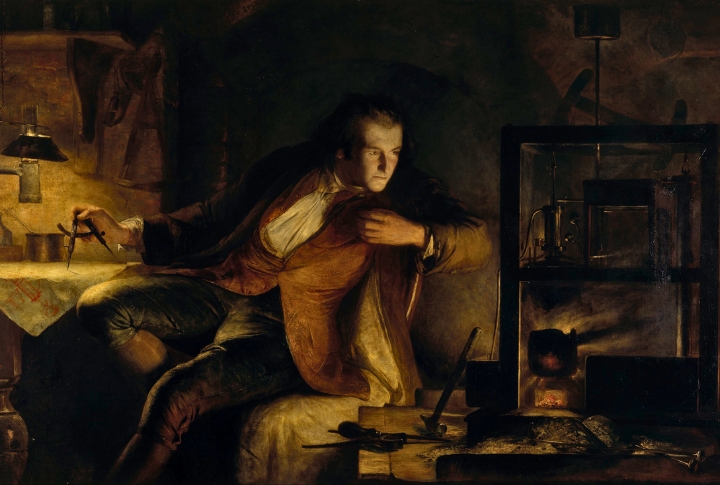
James Watt improved the working of steam engines, but he wasn’t the original inventor. The concept dates back to Hero of Alexandria, who built a basic steam-powered device called the aeolipile in 60 AD. In the 18th century, Thomas Newcomen also developed a practical steam engine.
The Creation Of Romeo And Juliet – William Shakespeare
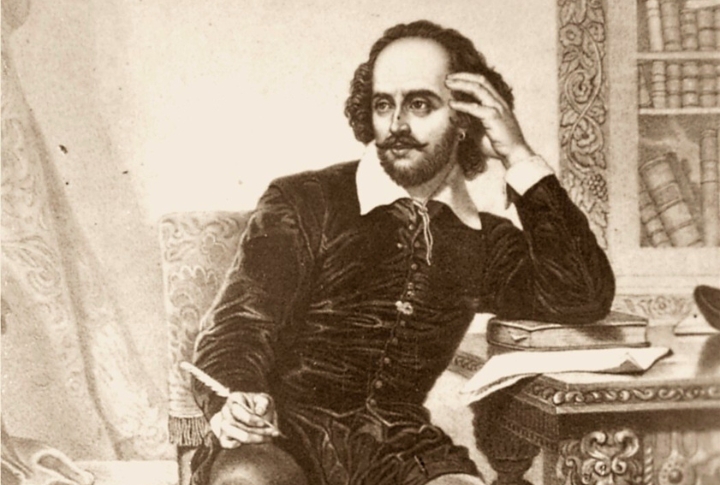
The most well-known adaptation, Romeo and Juliet by Shakespeare, is by no means the original. The story closely resembles The Tragical History of Romeus and Juliet, a narrative poem by Arthur Brooke from 1562 that was based on earlier European stories. Shakespeare shortened the action to a few days and used poetic dialogue to heighten the drama.
The Invention Of The IPod – Tony Fadell

Tony Fadell is credited with inventing the iPod in the early 2000s under Apple’s brand, but Kane Kramer, a British inventor, had designed a digital music player called the IXI in 1979. The device stored music digitally and resembled a primitive iPod. Unfortunately, Kramer couldn’t afford to renew his patent.
The Invention Of The Radio – Guglielmo Marconi
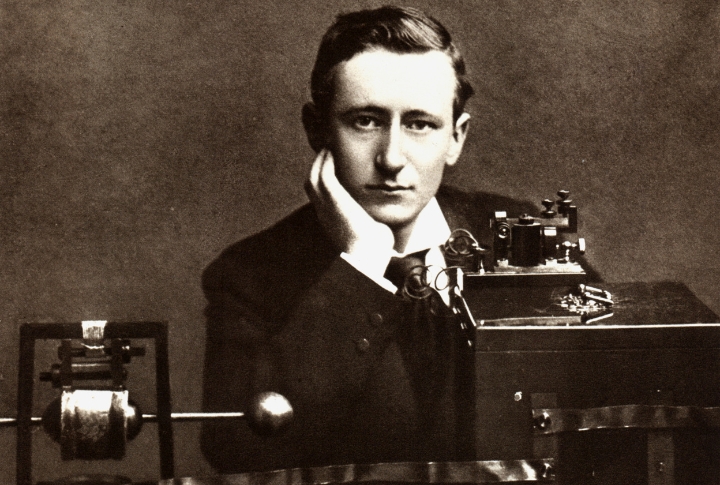
Italian inventor Guglielmo Marconi is often hailed as the father of radio, but the groundwork was laid by Nikola Tesla, who developed essential components, including the Tesla coil. Marconi’s design used several of Tesla’s patents without credit, and a U.S. Supreme Court decision in 1943 posthumously recognized Tesla’s role.
The Design Of The U.S. Flag – Betsy Ross
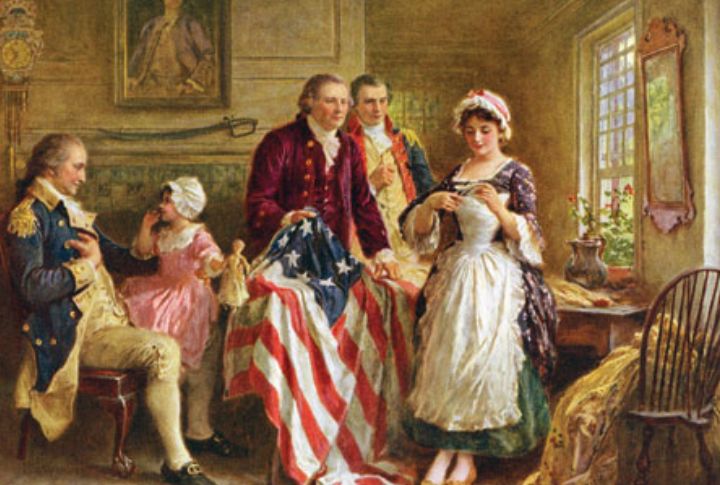
The popular story that Betsy Ross sewed the first American flag is mainly based on family accounts recorded a century after the fact. Historical evidence suggests Francis Hopkinson, a signer of the Declaration of Independence, played a more direct role. He even requested payment for designing the flag, which was denied because he was already on the government payroll.

